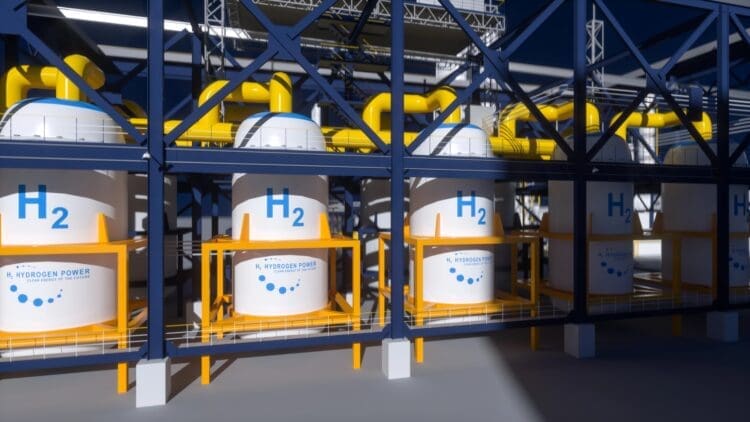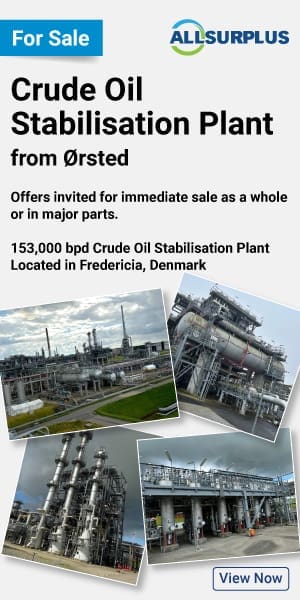Hydrogen has emerged from the dust of the energy sector to become the most viable and pragmatic solution to the world’s energy needs. Now, Spain’s Enagás has reported steady progress on a significant EU hydrogen corridor initiative. The world has relied on the traditional energy sector for far too long, while the renewable energy sector patiently waits for the global energy market to embrace it. Europe will see a new hydrogen project that could connect several nations to an efficient hydrogen transportation system.
Enagás reports consistent growth in the hydrogen sector across Europe
As the global energy sector transitions towards the untapped power of the renewable energy sector, Spain’s Enagás energy company has noted the consistent and efficient progress being made in Europe to develop hydrogen initiatives that propel the sector towards a new future.
One of the many factors influencing the adoption of the hydrogen sector into Europe’s energy grid is the H2Med project. H2med will be the first green hydrogen corridor in the European Union and has the backing of Enagás, together with the TSOs of France (Teréga and NaTran), Portugal (REN), and Germany (OGE).
“If we had a hydrogen economy worldwide, every nation on earth could create its own energy source to support its economy, and the threat of war over diminishing resources would just evaporate.” – Dennis Weaver
The H2Med project is set to begin operations by the end of the decade
Industry experts, along with the energy ministers from several European nations, have urged the global energy sector to develop projects that accelerate the transition towards decarbonization through renewable energy initiatives. The H2Med project exemplifies the European continent’s commitment to increasing the standing of the hydrogen sector.
The H2med corridor envisages the creation of two hydrogen infrastructures, namely the CelZa and BarMar projects. The scheme was included as a European Project of Common Interest (PCI) in April 2024, and following a request for CEF funds from Enagás, the European Commission has approved the project to be funded via the CEF scheme.
CelZa is a 248 km project that connects Portugal and Spain and boasts a maximum capacity of 0.75 million tonnes (Mt) of hydrogen per year. BarMar is a 455 km sub-sea pipeline that connects Spain and France. The project features a 140 MW compressor station in Barcelona and has a maximum capacity of 2 million tonnes (Mt) per year.
The European hydrogen sector has been boosted by the news that VoltH2 has succeeded in securing the necessary permits for a 20 MW hydrogen electrolyzer. On H2med’s official website, the project management notes that the initiative exemplifies the cooperative nature of the energy market at the moment.
“This project is an example of public-private partnership, as it is supported by the infrastructure operators of four countries and their respective governments. H2med was presented at the Euromed summit in Alicante on 9 December 2022 by the governments of Portugal, Spain and France, with the support of the President of the European Commission, Ursula von der Leyen, and in January 2023 the support of Germany was added through the TSO, OGE. In October 2023, the project partners met in Berlin to ratify the support of the governments of these four countries and of the European Commission, as well as that of the industry and the main players in the sector in Germany.” – H2Med website
H2Med recently added new members to further accelerate the progress of the project
The H2Med alliance recently added 40 new members that could reshape the timeframe for the project and strengthen the standing of hydrogen on the European continent. Hydrogen is the most abundant element in the universe, and by consistently improving technology and innovation in the sector, the H2Med project is set to become the cornerstone of the European renewable energy sector. The alliance has stated its plans to complete construction and commission the project by the end of the decade.





